Risk management sounds like something only people in suits in high-rise buildings have to worry about, right? Wrong. It's actually a process that everyone, from big-time CEOs to local coffee shop owners, can benefit from.
At its core, risk management helps us avoid potential pitfalls that could throw our goals off track. Think of it as the ultimate strategy guide for dealing with "what-ifs" in business and projects.
But here’s the kicker: it doesn’t have to be a boring fest filled with jargon and complicated charts. It can be pretty straightforward. Next, we’ll explore the steps in the risk management process. So, let’s begin, shall we?
Identifying Risks
Spotting risks is like playing detective in your organization. It's about asking, "What could go wrong?" And let me tell you, the answers might surprise you.
From financial uncertainties to technological glitches, identifying risks is about curiosity and looking at the big picture. It's not just about the obvious stuff but also the sneaky, out-of-left-field things that could throw a wrench in your plans.
The trick is to keep an open mind and consider everything from market trends to internal processes. Think of it as a brainstorming session where no idea is too out there. The more risks you can identify upfront, the better prepared you'll be.
And remember, this isn’t a one-person show. Getting input from different team members can illuminate risks you might not have considered.
Assessing Risks
After you've gathered your list of potential troublemakers, it's time to get down to business. Assessing risks is all about figuring out which ones are worth worrying about and which are less of a big deal. This step is like triaging in the emergency room; you must determine which risks need immediate attention and which can wait.
This is where things get a tad technical but stick with me. You’ll want to look at two main things: how likely each risk will happen and the impact if it did. Some risks might be super likely but wouldn’t cause much damage, while others could be game-changers even if they're less likely to occur. The goal here is to prioritize so you can focus your energy on the biggies.
Prioritizing Risks
Now that you’ve assessed your risks, it’s time to organize them. Think of it as creating a playlist for your project or business. Just like you wouldn’t play a slow jam in the middle of a workout, you wouldn’t focus your efforts on a minor risk when a major one is looming.
This step is crucial because it helps you allocate your resources effectively. There's no point in spending all your time and money on something that won't make much of a difference in the grand scheme of things. By prioritizing risks, you always focus on the ones that matter most. It's all about being intelligent and strategic with your planning.
Developing Risk Response Plans
Alright, you’ve identified and prioritized your risks; now what? It's time to come up with a game plan. You’ll want to develop a strategy for handling each of the significant risks. This could mean finding ways to reduce the risk, figuring out how to deal with it if it happens, or even deciding to just roll with it.
The key here is flexibility. Sometimes, the best plan is to avoid the risk altogether, while other times, you might decide it's worth the gamble. Whatever the case, having a solid response plan in place means you won’t be caught off guard. Think of these plans as your playbook for dodging obstacles and keeping things moving smoothly.
Implementing Risk Response Plans
Plans are great, but they’re nothing without action. Implementing your risk response plans means putting all that strategizing to work. This step is where the rubber meets the road, and it's all about execution.
Whether it’s tweaking your operations, investing in new technology, or beefing up your insurance, the goal is to ensure your strategies are being implemented. It’s one thing to have a plan for dealing with risks; it’s another to manage those risks actively. Regular check-ins and updates will help ensure your plans are not just sitting on a shelf collecting dust.
Monitoring and Reviewing Risks
Risks are always changing. What seemed like a big deal yesterday might not be tomorrow, and vice versa. That’s why it’s crucial to monitor them and regularly review your risk management strategies.
This ongoing vigilance means you can adjust your plans as needed, staying one step ahead of the game. It’s like being on a weather watch; you can adjust your sails accordingly by keeping an eye on the horizon. Monitoring and reviewing risks ensure that your strategies remain relevant and practical, no matter what surprises come.
Communicating and Consulting
Last but not least, risk management is not a solo adventure. Communicating and consulting with your team, stakeholders, and customers is key. You build a culture of transparency and collaboration by keeping everyone in the loop.
This step involves sharing information, gathering feedback, and ensuring everyone is on the same page. It’s amazing how a fresh set of eyes or a different perspective can shed new light on a risk or a strategy. Plus, when people feel involved and informed, they’re more likely to be engaged and proactive in managing risks.
Conclusion
There you have it: the down-and-dirty on managing risks without getting your hands too dirty. Remember, risk management is all about being prepared, staying alert, and being ready to pivot when necessary. By following these steps, you'll protect your projects and business from potential pitfalls and position yourself for smoother sailing ahead.









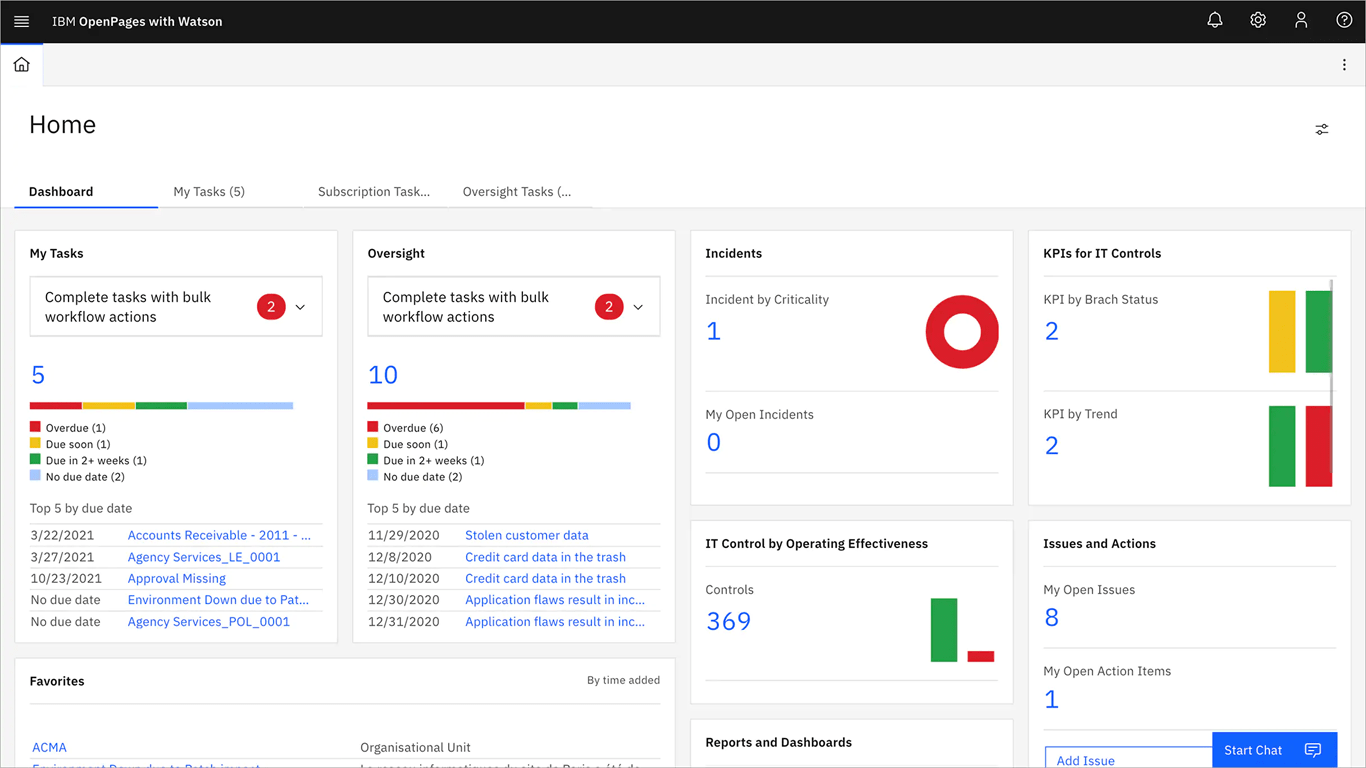



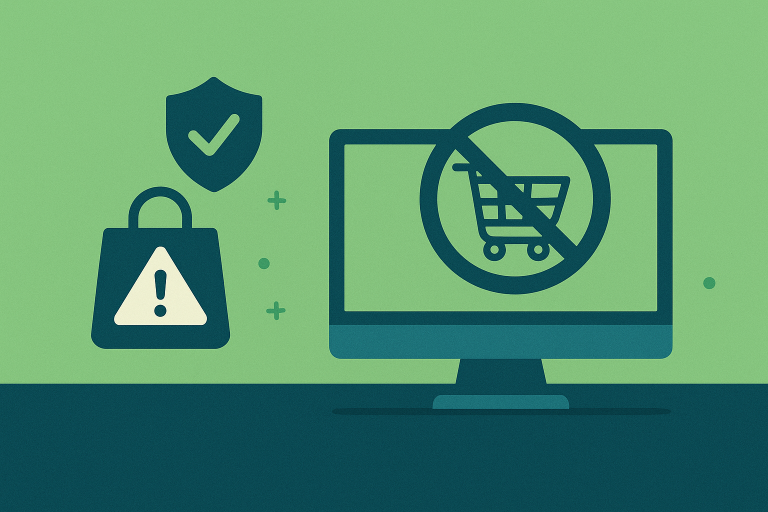





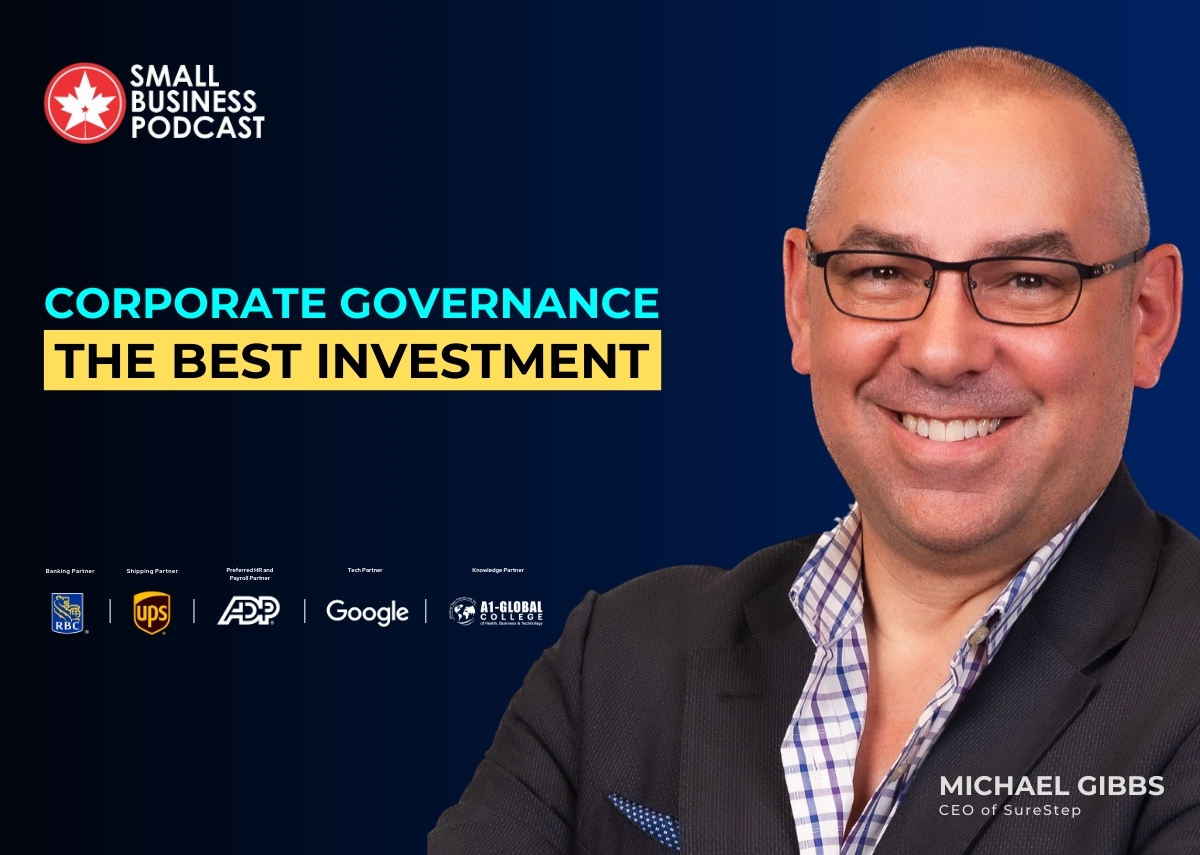

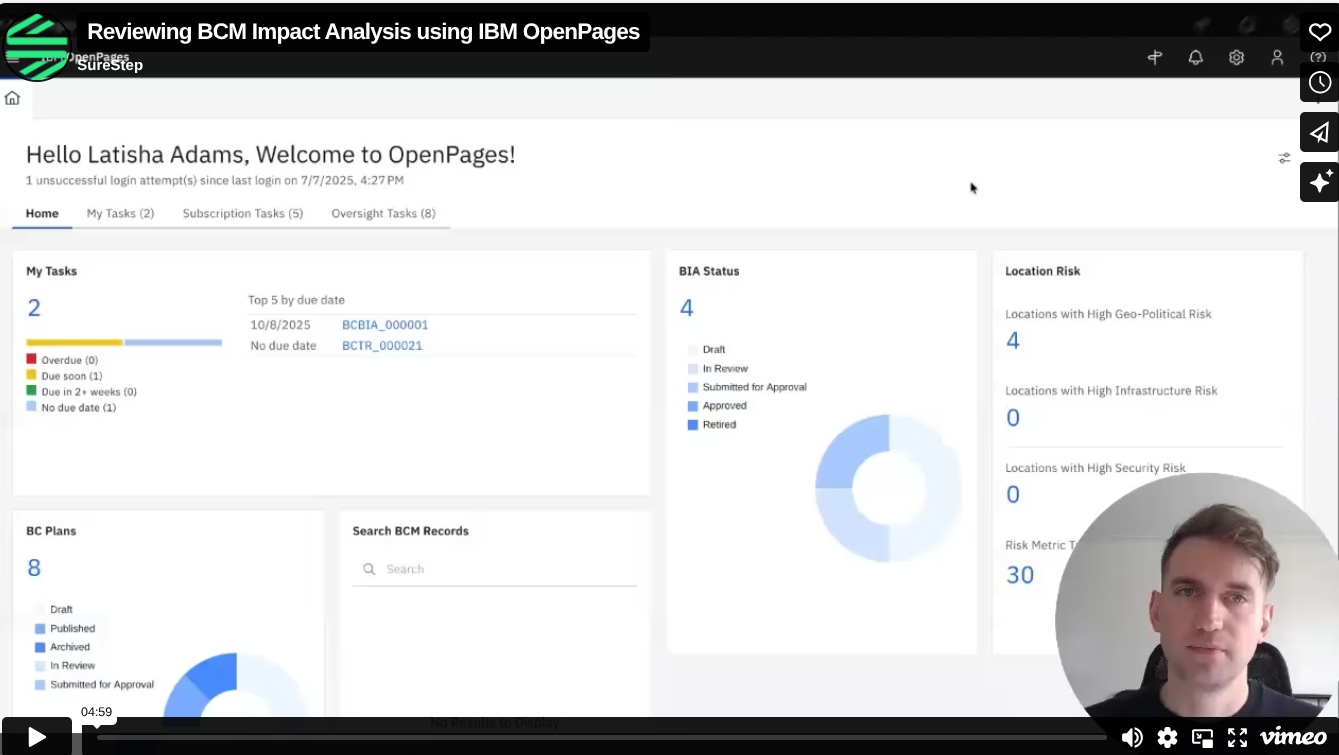






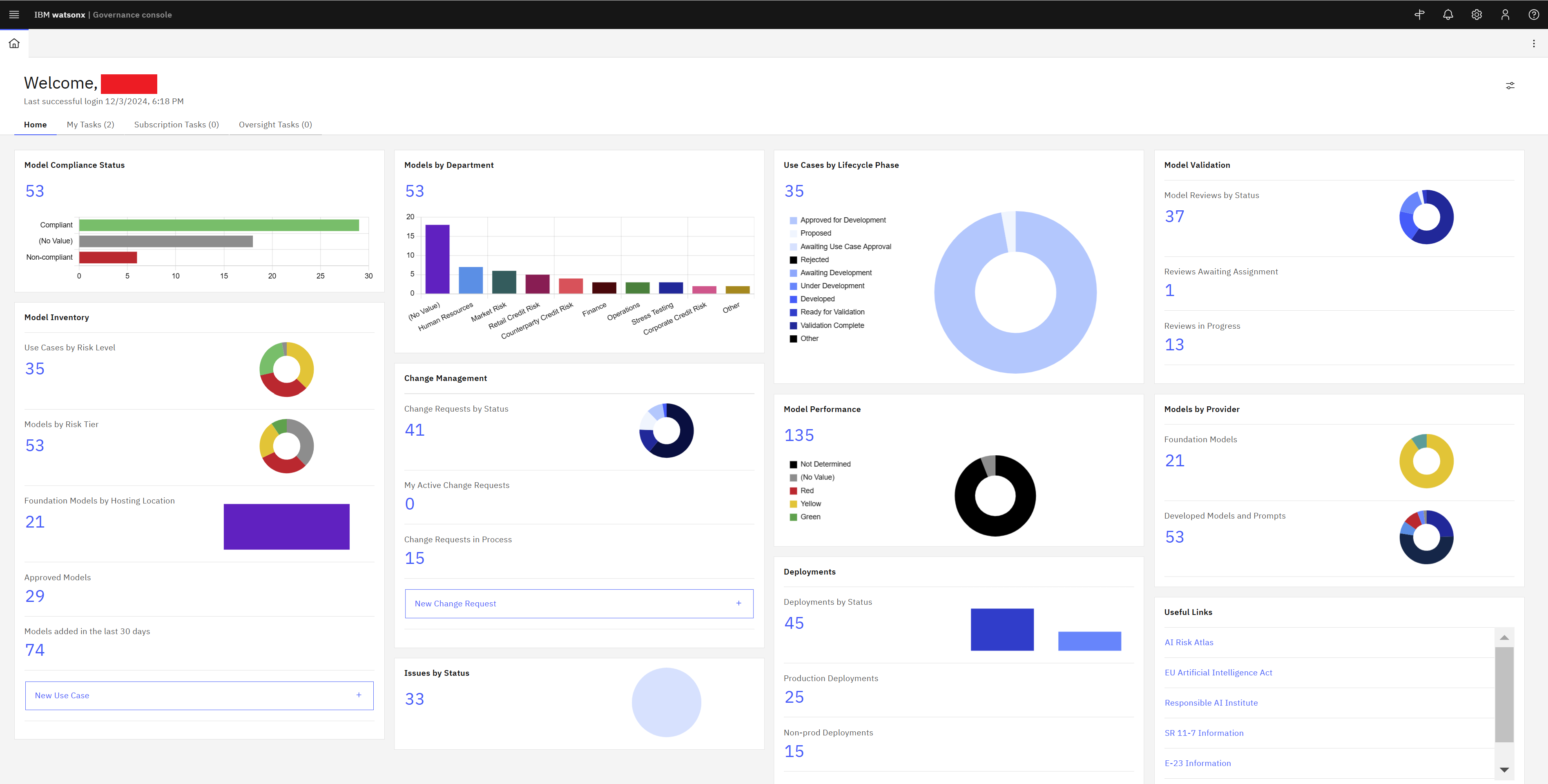

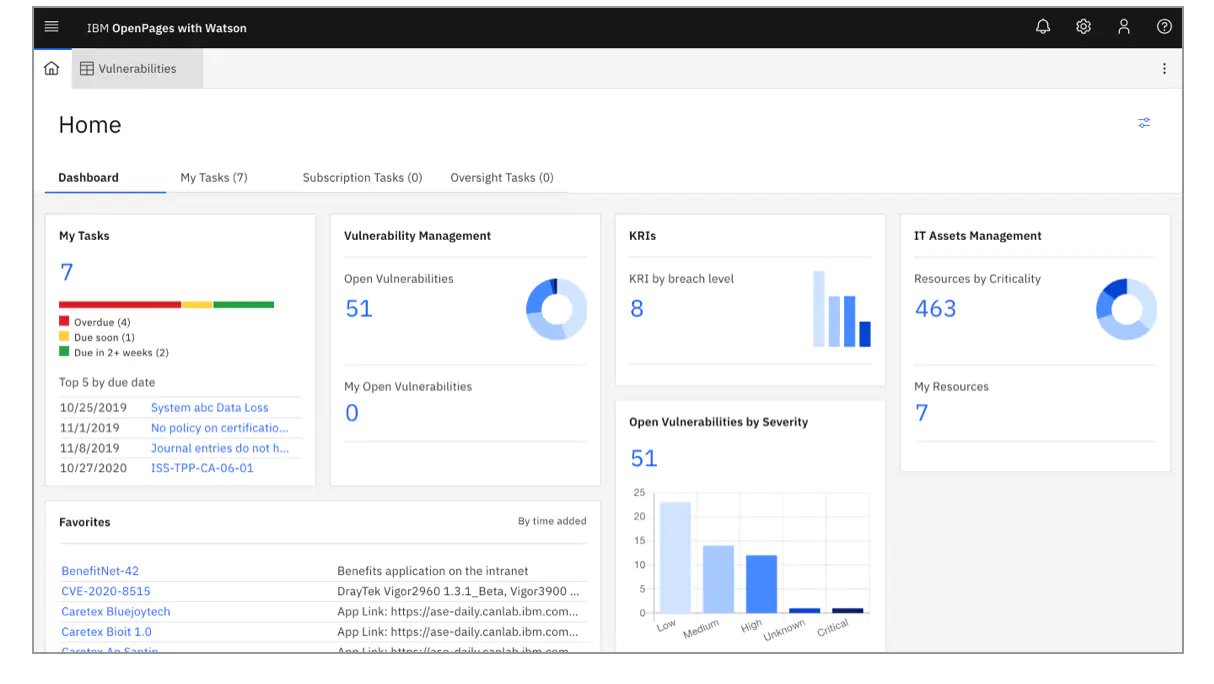
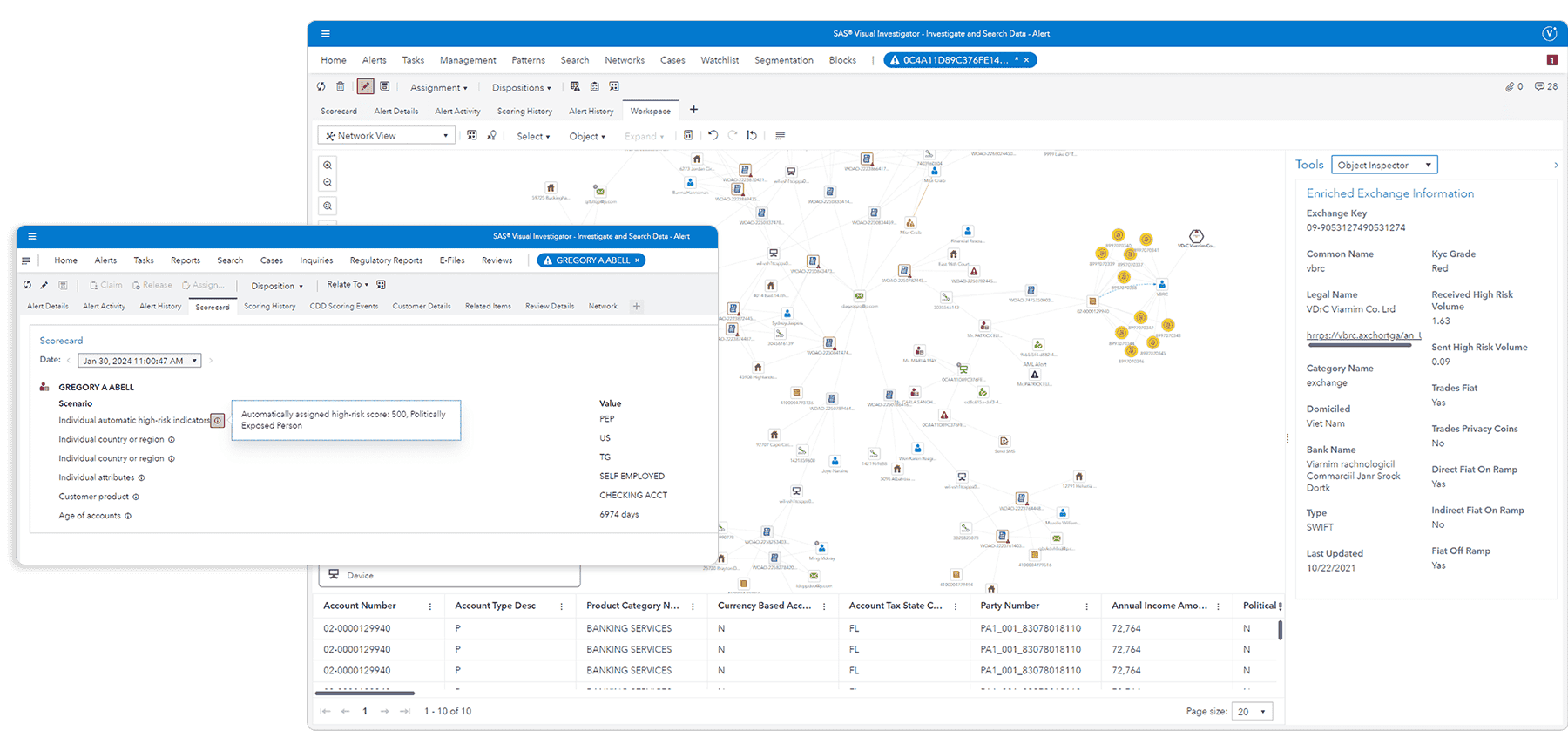







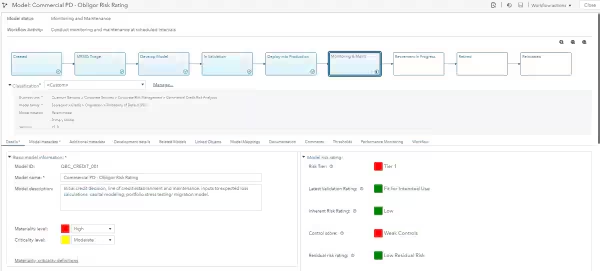









.webp)

-1.jpg)










.jpg)



























.jpeg)







